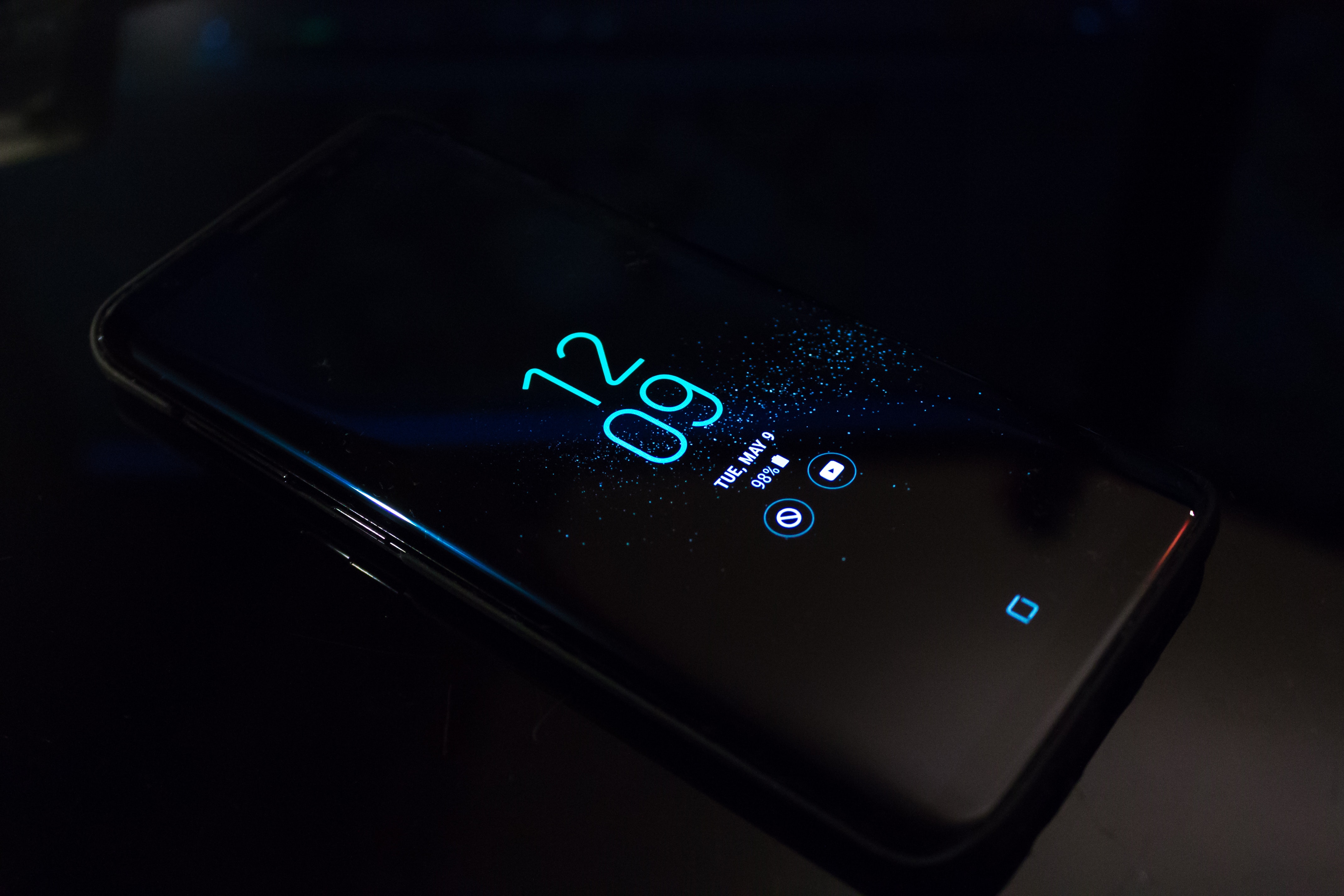Troubles winding down ? Anxiety gaining on you ? Take a breather – literally – with coherent breathing ! Maintaining focus on your breathing can do wonders for your stress.
We all have those moments of stress during the day. Work, commute, hindrances… So many problems that can cause your anxiety to shoot up, to oppress and upset you.
There is something you can do against your growing stress : coherent breathing, also known as heart coherence. Behind that moniker is a simple breathing exercise that will help you wind down. Some people think that it can also help with depression or to reduce your blood pressure… But even in the worst case, taking five minutes in your day to take a breather hardly hurts anyone !
How does coherent breathing works ?
Pour résumer simplement : le cœur et le cerveau communiquent ensemble.
La partie autonome du cerveau – les actions du corps que le cerveau gère de lui-même – est divisé en deux sous-sections : le système sympathique et le système parasympathique. Le système sympathique s’occupe des éléments qui rentrent en jeu quand notre corps est en action, comme lorsqu’on a peur ou qu’il faut se battre, et fait monter l’adrénaline, par exemple. A l’inverse, le système parasympathique prend la relève pendant les phases de repos afin de conserver de l’énergie.
Ces systèmes affectent le cœur. Quand nous sommes au repos (système parasympathique), notre rythme cardiaque est plus faible. Et lorsque nous sommes actifs (système sympathique), le cœur bat plus fort. La différence des battements de cœur à la minute entre ces deux états est l’amplitude cardiaque. Une plus grande amplitude serait, selon des études récentes, meilleur pour la santé.
Et c’est à ce moment que la respiration rentre en jeu : le simple fait d’inspirer sollicite le système sympathique, tandis que l’expiration fait intervenir le parasympathique. Le corps fait cela naturellement.
La cohérence cardiaque a donc pour but d’équilibrer ces deux systèmes, et d’augmenter l’amplitude cardiaque à un stade bénéfique pour l’organisme. Et cela peut se faire assez facilement !
To put it simply : the heart and the brain are working together.
The autonomous part of our brain – the body’s actions the brain manages itself – is divided in two sub-sections : the sympathetic nervous system and the parasympathetic nervous system. The sympathetic system takes care of the body whenever we’re on the action, for example when our flight-or-fight kicks in, and gets the adrenaline pumping. Conversely, the parasympathetic system takes over when we are resting and calm, to preserve energy.
Those two systems affect the heart. When we’re resting, our heart beats slower. And when we’re active, our heart beats faster. The difference between both heart beats rate is the Heart Rate Variability. A higher HRV is generally seen as better health.
This is where breathings comes into play : breathing in triggers the sympathetic system, while breathing out uses the parasympathetic. The body does this naturally.
Coherent breathing aims to balance those two systems, and up the Heart Rate Variability to a rate that is beneficent to the body. And it is quite easy to do so !
One exercise : The 3-6-5 Rule
Indeed, five minutes is all you really need to partake in this exercise. However, you need to do it regularly to get the most out of it.
Coherent breathing follows the 3-6-5 Rule : 3 times a day, 6 breathings per minute, for 5 minutes.
Here’s how to do it :
-Find a place to sit. It is possible to practice coherent breathing standing up, or even during a walk with some practice, but sitting down is more comfortable.
-Breathe in for 5 seconds, as deeply as you can.
-Breathe out for 5 seconds. This is how you reach 6 breathings per minute.
-Repeat for 5 minutes.
That is it ! You will feel rested, ready to go back to your day.
Ideally, coherent breathing should be done during the morning after waking up, before lunch (it helps with digestion), at the end of the afternoon (to prep up for the evening). You need four hours in between two sessions.
To help you out…
Of course, you don’t need to count your breathings yourself.
Several applications exist solely for this purpose and help you with coherent breathing.
Some smartphones have a built-in app for this, for example Samsung Health offers breathing exercises. Otherwise, applications like Coherent Breathing Assistant or Cohera are working very well in this purpose, with audio and video indicators to help in your breathing.
There are also resources on Youtube. You can check out a video from Philippe Delneufcourt, a french Youtuber, right below to give it a shot !
Try it for a few days to see if this method works out for you. If anything, simply taking a few minutes for yourself to take a breather can feel very good !








